Volvo Cars, Starbucks begin installing ChargePoint EV fast chargers at stores between Denver and Seattle
Green Car Congress
AUGUST 10, 2022
Volvo Cars, in cooperation with Starbucks Corporation, announced the first Starbucks stores where new electric vehicle (EV) chargers, powered by ChargePoint, will be available to customers and members of the public. ChargePoint’s DC fast chargers can bring the Volvo C40 Recharge, for example, from a 20% to a 90% charge in about 40 minutes.



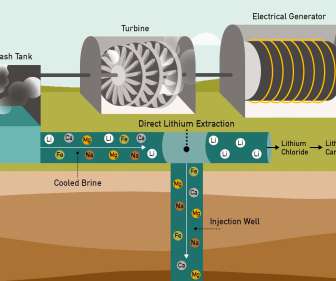

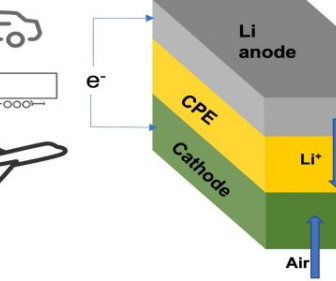










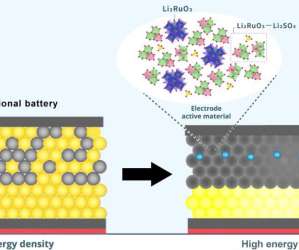

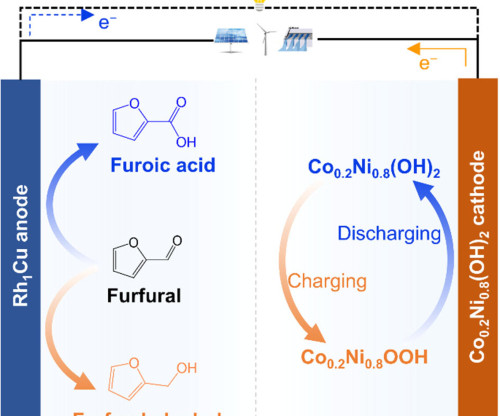


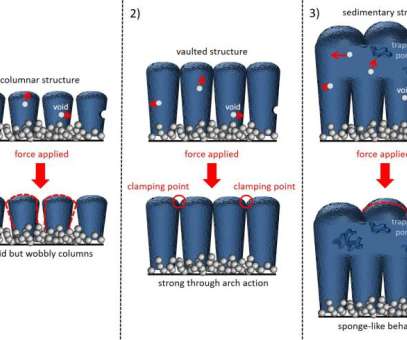

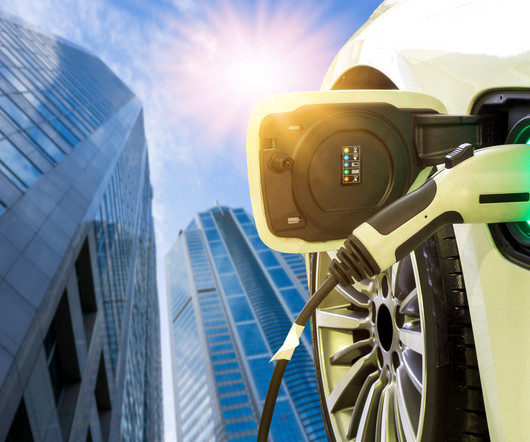




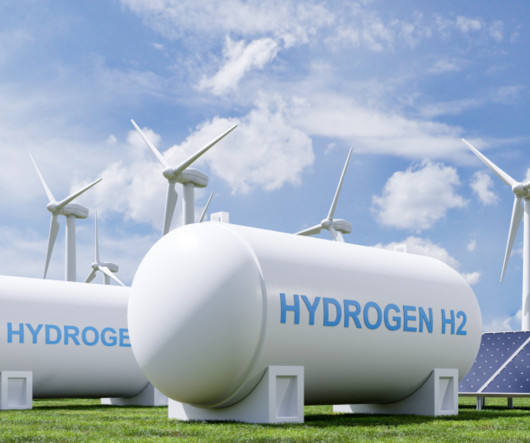



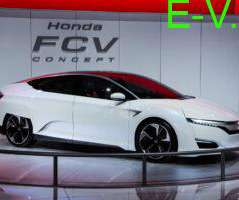







Let's personalize your content